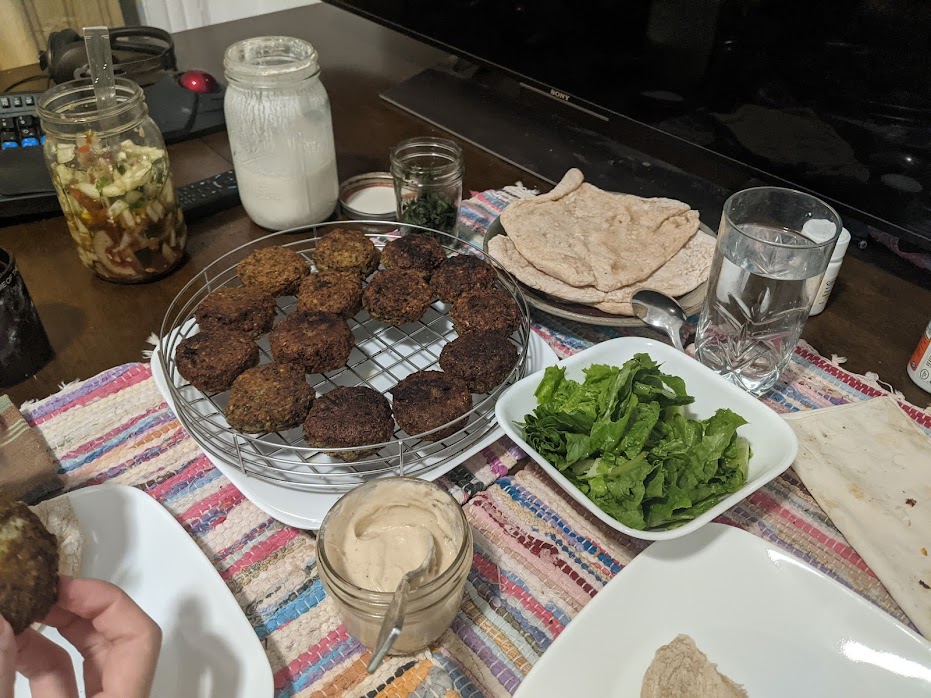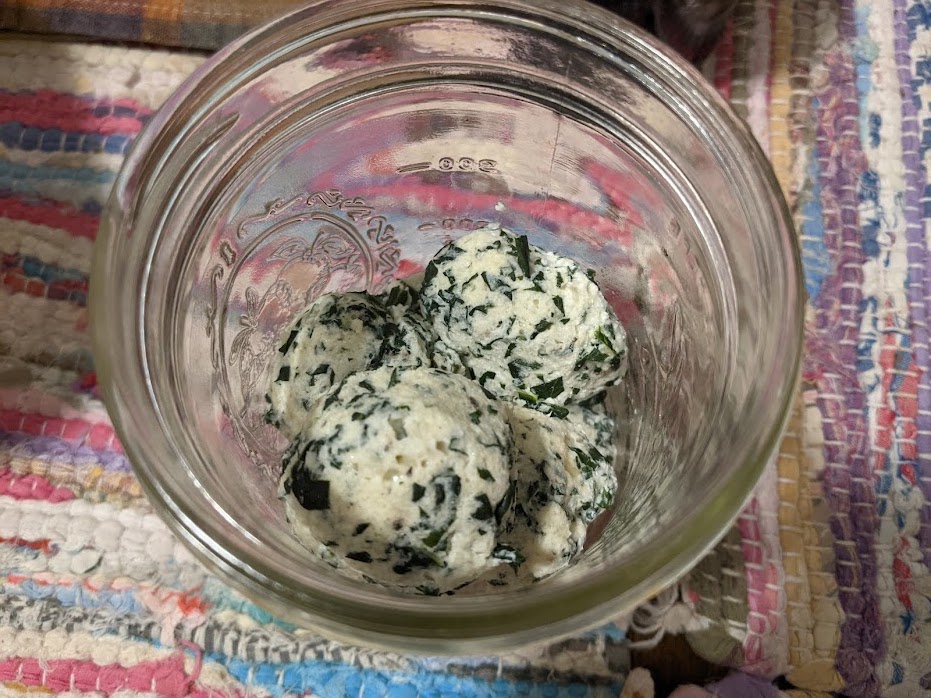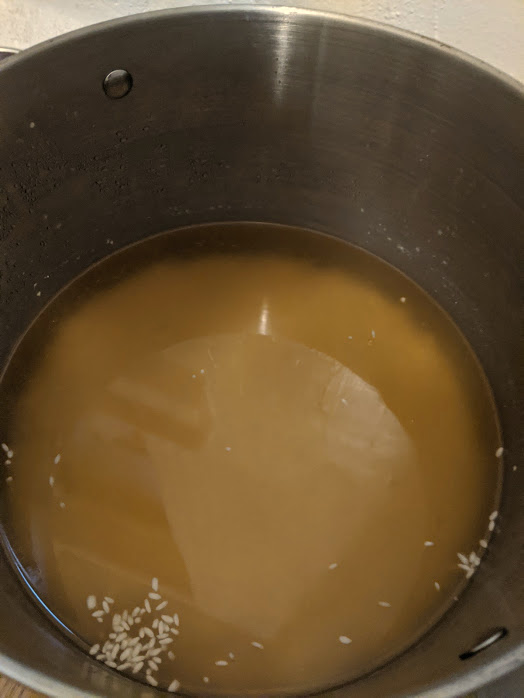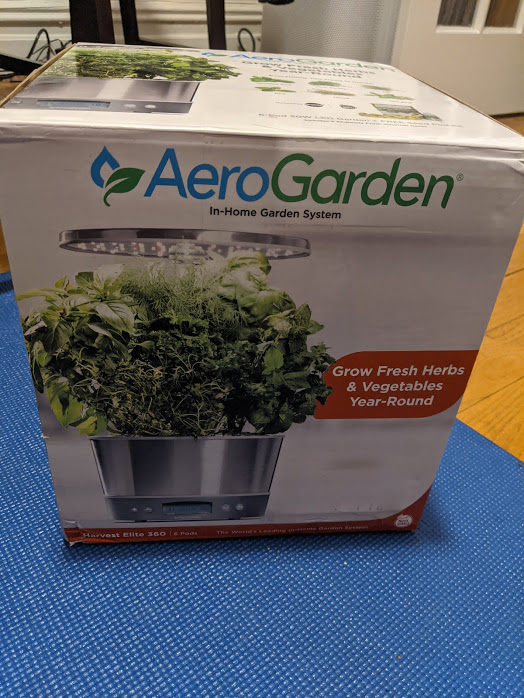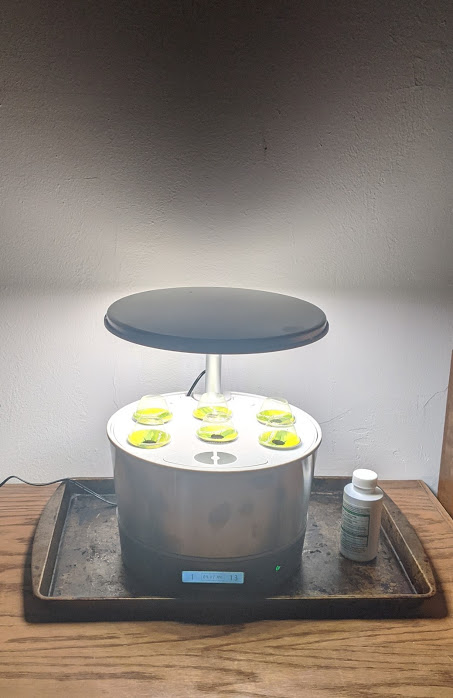I got a melon!!! I didn’t even see it until the other day.


I started the garden pretty late this year, so the plants didn’t have a super long growing season and had to deal with hot weather early on in their lives.
The late start might have also made bug threats worse. The radishes mostly succumbed to some small gray bugs. I was able to harvest three bottoms but the leaves had been sucked dry.
The fence needs some shoring up, especially at the curb. Cars aren’t very careful with their doors and the fence isn’t incredibly sturdy…



